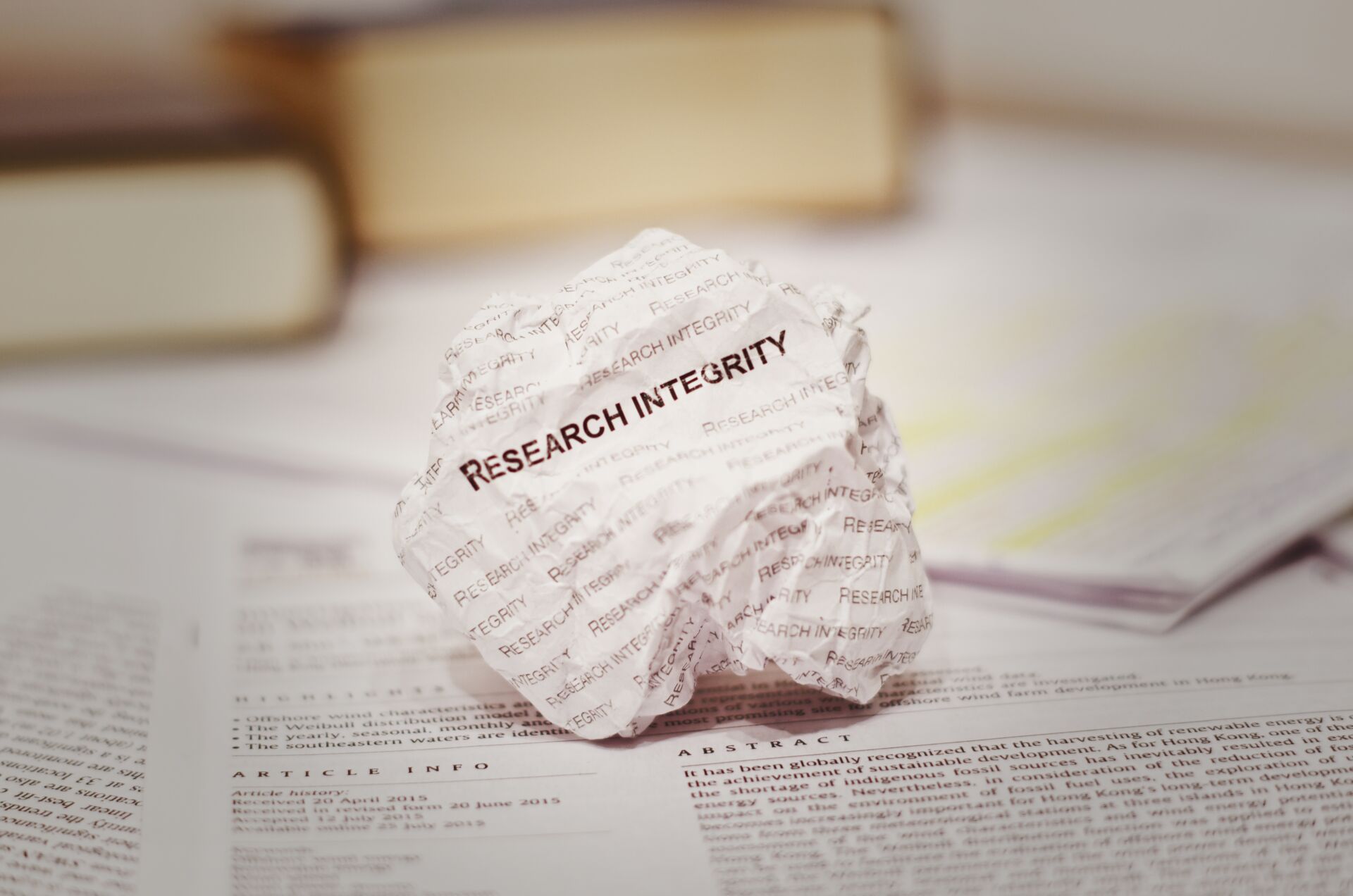Dutch scientists discover hundreds of potentially fraudulent publications on brain haemorrhages in animals, claim it is the 'tip of the iceberg'
-
…
40% [of the investigated publications] were found to contain images with something wrong with them, as they describe in the latest edition of biology journal PLoS Biology. The erroneous images even appeared in top journals like Stroke.
…
Some of the problematic cases they discovered involved malicious intent, [the researchers] believe. The scale of the problems is too great for any other explanation, they also write in their article. [One researcher]: ‘Some authors had dozens of publications to their name with erroneous images.’ Wever adds: ‘Images that appeared multiple times were sometimes rotated, mirrored or otherwise edited.’ In other words, there is no way that happened by accident. Meanwhile, these issues being brought to light only led to a warning label (an expression of concern) or withdrawal of the article in one tenth of cases.
…
The findings of the Radboudumc researchers are not unique. The number of scientific articles that turn out to be partially or entirely fabricated is growing. This is partly because companies in countries such as Iran and China use this as a commercial model, the so-called paper mills. They write articles to order or sell authorships, for example via Telegram.
It is unclear whether the 243 problematic studies from the Nijmegen analysis are also products of paper mills. However, it is striking that five sixths of them came from China. Aquarius and Wever did not come across any problematic Dutch publications. One possible explanation put forward by the Nijmegen researchers in their PLoS article is that in China, researchers are under pressure to increase their research output to move up in international university rankings. And in a survey among hospital researchers in south-west China last year half indicated that they sometimes falsified research data.
‘The first question you should ask about a publication is whether the study actually took place,’ the researchers say.
…

Nijmegen scientists discover hundreds of potentially fraudulent publications on brain haemorrhages in animals - Vox magazine
Forty per cent of animal studies on brain haemorrhages contain images that are incorrect, researchers from Radboudumc center discovered. Some of these publications may have been completely or partially fabricated.

Vox magazine (www.voxweb.nl)
-
 S Science shared this topic on
S Science shared this topic on
-
…
40% [of the investigated publications] were found to contain images with something wrong with them, as they describe in the latest edition of biology journal PLoS Biology. The erroneous images even appeared in top journals like Stroke.
…
Some of the problematic cases they discovered involved malicious intent, [the researchers] believe. The scale of the problems is too great for any other explanation, they also write in their article. [One researcher]: ‘Some authors had dozens of publications to their name with erroneous images.’ Wever adds: ‘Images that appeared multiple times were sometimes rotated, mirrored or otherwise edited.’ In other words, there is no way that happened by accident. Meanwhile, these issues being brought to light only led to a warning label (an expression of concern) or withdrawal of the article in one tenth of cases.
…
The findings of the Radboudumc researchers are not unique. The number of scientific articles that turn out to be partially or entirely fabricated is growing. This is partly because companies in countries such as Iran and China use this as a commercial model, the so-called paper mills. They write articles to order or sell authorships, for example via Telegram.
It is unclear whether the 243 problematic studies from the Nijmegen analysis are also products of paper mills. However, it is striking that five sixths of them came from China. Aquarius and Wever did not come across any problematic Dutch publications. One possible explanation put forward by the Nijmegen researchers in their PLoS article is that in China, researchers are under pressure to increase their research output to move up in international university rankings. And in a survey among hospital researchers in south-west China last year half indicated that they sometimes falsified research data.
‘The first question you should ask about a publication is whether the study actually took place,’ the researchers say.
…

Nijmegen scientists discover hundreds of potentially fraudulent publications on brain haemorrhages in animals - Vox magazine
Forty per cent of animal studies on brain haemorrhages contain images that are incorrect, researchers from Radboudumc center discovered. Some of these publications may have been completely or partially fabricated.

Vox magazine (www.voxweb.nl)
Making up research to bump up numbers. Great system.
-
…
40% [of the investigated publications] were found to contain images with something wrong with them, as they describe in the latest edition of biology journal PLoS Biology. The erroneous images even appeared in top journals like Stroke.
…
Some of the problematic cases they discovered involved malicious intent, [the researchers] believe. The scale of the problems is too great for any other explanation, they also write in their article. [One researcher]: ‘Some authors had dozens of publications to their name with erroneous images.’ Wever adds: ‘Images that appeared multiple times were sometimes rotated, mirrored or otherwise edited.’ In other words, there is no way that happened by accident. Meanwhile, these issues being brought to light only led to a warning label (an expression of concern) or withdrawal of the article in one tenth of cases.
…
The findings of the Radboudumc researchers are not unique. The number of scientific articles that turn out to be partially or entirely fabricated is growing. This is partly because companies in countries such as Iran and China use this as a commercial model, the so-called paper mills. They write articles to order or sell authorships, for example via Telegram.
It is unclear whether the 243 problematic studies from the Nijmegen analysis are also products of paper mills. However, it is striking that five sixths of them came from China. Aquarius and Wever did not come across any problematic Dutch publications. One possible explanation put forward by the Nijmegen researchers in their PLoS article is that in China, researchers are under pressure to increase their research output to move up in international university rankings. And in a survey among hospital researchers in south-west China last year half indicated that they sometimes falsified research data.
‘The first question you should ask about a publication is whether the study actually took place,’ the researchers say.
…

Nijmegen scientists discover hundreds of potentially fraudulent publications on brain haemorrhages in animals - Vox magazine
Forty per cent of animal studies on brain haemorrhages contain images that are incorrect, researchers from Radboudumc center discovered. Some of these publications may have been completely or partially fabricated.

Vox magazine (www.voxweb.nl)
Terrible to see, great this was discovered.